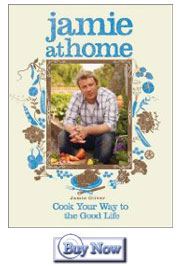 I found a real treasure when I discovered “Flavors of the Arboretum: 101 Tastes of the Season” as I browsed through the gift shop during a recent visit to the University of Minnesota Landscape Arboretum in Chaska.
I found a real treasure when I discovered “Flavors of the Arboretum: 101 Tastes of the Season” as I browsed through the gift shop during a recent visit to the University of Minnesota Landscape Arboretum in Chaska.
Recipes in the book include signature classics that you might find on the menu in the Arboretum Restaurant, treasures from the old Tea Room, as well as recipes from cooking classes taught in the “Harvest Kitchen” at the Marion Andrus Learning Center on the Arboretum grounds and guest chefs who are invited to share their knowledge and skills as they teach classes.
Turn to page 29 in “Flavors of the Arboretum: 101 Tastes of the Season,” and you will be in the Summer/In Bloom section. That’s where you will find suggested summer menus from Twin Cities area chefs with all of the recipes needed to do some “Dining Al Fresco” and enjoy a “Summer Solstice Dinner,” as well as several other recipes.



 In a world overstuffed with weighty, glossy celebrity chef cookbooks, it would be easy to overlook Alain Passard's newly translated "The Art of Cooking With Vegetables." But it would be a mistake.
In a world overstuffed with weighty, glossy celebrity chef cookbooks, it would be easy to overlook Alain Passard's newly translated "The Art of Cooking With Vegetables." But it would be a mistake.
